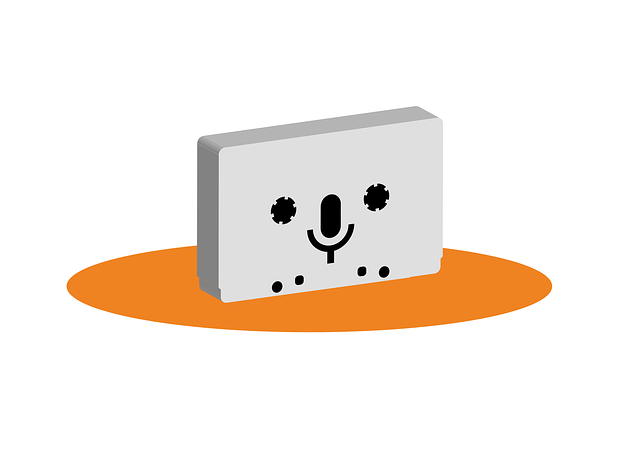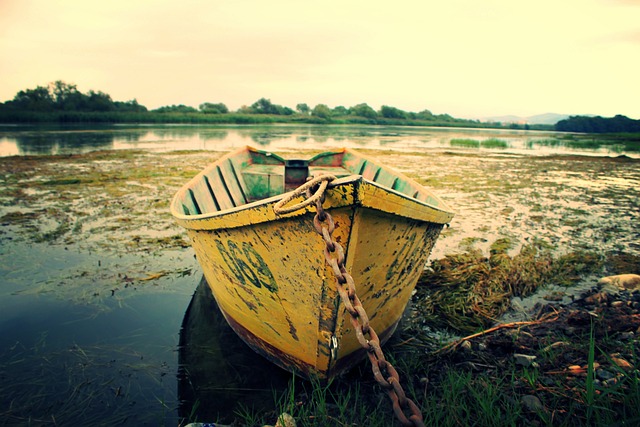Water leaks in homes, often overlooked, cause subtle yet severe damage over time. Common sources include plumbing fixtures, pipes, appliances, and outdoor systems. Prompt leak detection is essential for minimizing water waste, preventing structural issues like mold growth, and saving costs. Modern technologies like smart meters and moisture sensors provide real-time alerts. Regular home inspections using tools like moisture meters and thermal imaging cameras can detect leaks early. Selecting the right detection tools and continuous monitoring through systems like those in bathrooms and kitchens are key to safeguarding properties and avoiding substantial financial losses.
In the quest for maintaining a safe, sustainable home, leak detection stands as an unsung hero. Understanding residential water leaks—their common sources and types—is the first step towards proactive protection. Timely leak detection is paramount for homeowners, preventing not just water damage but also costly repairs. This article explores traditional methods versus modern technology in leak identification, provides a comprehensive home inspection guide, offers tool selection tips, shares preventative measures, and showcases real-life case studies, all geared towards empowering you with effective leak detection strategies.
Understanding Residential Water Leaks: Common Sources and Types

Water leaks in residential properties can often go unnoticed, causing subtle damage over time. Understanding common sources and types of leaks is crucial for effective leak detection. In homes, water leaks typically originate from plumbing fixtures, pipes, appliances, and outdoor areas like sprinkler systems or irrigation. Faucets that drip, running toilets, leaky showerheads, and broken washing machine hoses are classic examples within the household.
The types of leaks vary based on the source. For instance, slow, steady drips from fixtures suggest a seal or washer issue, while gushing sounds might indicate a burst pipe or a faulty valve. Leaks in appliances like dishwashers or refrigerators often result from worn-out seals or connections, whereas outdoor leaks could be due to broken sprinklers, leaky hoses, or underground pipe damage caused by shifting soil or tree roots. Prompt leak detection is key to minimizing water waste and preventing significant structural and financial damages.
The Importance of Timely Leak Detection for Homeowners

For homeowners, timely leak detection is a critical aspect of maintaining a safe and secure living environment. The earlier a leak is identified, the less damage it’s likely to cause. Water leaks can start small but escalate quickly, leading to significant structural damage, mold growth, and elevated humidity levels that can compromise indoor air quality. These issues not only pose health risks but also have financial implications, as repairs can be costly.
Regular leak detection becomes even more crucial for older homes or properties with complex plumbing systems. Timely intervention can prevent the need for extensive renovations. Modern leak detection technologies, such as smart water meters and moisture sensors, offer homeowners peace of mind by providing real-time alerts and data on water usage patterns, enabling them to identify unusual spikes that may indicate a leak.
Traditional Methods vs Modern Technology in Leak Identification

In the realm of leak detection, traditional methods have long been the go-to approach, involving manual inspections and time-consuming processes. Property managers and homeowners alike often relied on visual cues, such as water stains or dripping pipes, to identify potential leaks. This method, however, is limited by its latency, as visible damage may already indicate significant water loss. It also requires constant vigilance and regular checks, which can be cumbersome and easily overlooked.
Modern technology has emerged as a game-changer in the field of leak detection, offering more efficient and precise solutions. Advanced sensor systems, smart home integrations, and data analytics have transformed how we approach leak identification. These technologies can detect even the subtlest water anomalies, providing real-time alerts and data on potential leaks before they become noticeable. By leveraging these modern tools, homeowners and property managers can prevent extensive water damage, save costs, and ensure a more comfortable living environment.
Step-by-Step Guide to Conducting a Comprehensive Home Inspection

Conducting a comprehensive home inspection is crucial for identifying potential leak detection issues before they become serious problems. Start by gathering all necessary tools, including a moisture meter, thermal imaging camera, and a flashlight. Next, visually inspect visible areas such as walls, ceilings, and floors for any signs of water damage or mold growth. Pay close attention to areas prone to leaks, like bathrooms, kitchens, and utility rooms.
Move on to checking hidden locations by using your moisture meter to scan behind walls, under flooring, and within crawl spaces. A thermal imaging camera can help identify temperature variations that may indicate a leak. Finally, check for signs of water stains or mold around pipes, appliances, and fixtures. If any anomalies are found, further investigation is required. Regular home inspections can prevent minor issues from escalating into costly repairs, ensuring peace of mind and the integrity of your property.
Selecting the Right Tools for Efficient Leak Detection

Selecting the right tools is paramount for efficient leak detection, as it ensures accuracy and timeliness in identifying potential issues. Modern technology offers a range of options, from basic visual inspections to advanced, non-invasive techniques. Traditional methods involve manual checks, but these can be time-consuming and may miss subtle signs of leaks.
For accurate leak detection, consider using moisture meters that measure water content in walls or floors, thermal imaging cameras that visualize temperature variations indicating leak spots, or acoustic detection devices that use sound waves to pinpoint hidden leaks. These tools empower homeowners and professionals alike to address leaks promptly, minimizing damage and saving costs associated with prolonged water exposure.
Preventative Measures: Tips for Reducing the Risk of Water Damage

To prevent water damage caused by leaks, it’s essential to implement proactive measures in your home. Regular inspection is key; check for any signs of moisture or water stains on walls, ceilings, and floors, especially in areas prone to leaks like bathrooms and kitchens. Addressing small issues early can prevent significant damage later. Consider installing water leak detection systems that alert you to potential problems 24/7.
Additionally, maintaining and updating your home’s plumbing is crucial. This includes sealing any gaps or cracks in pipes, replacing old or damaged fixtures, and ensuring proper drainage systems. Using insulation in colder regions can also prevent pipe bursts during freezing temperatures. Preventative actions not only save you from costly repairs but also reduce the risk of mold growth and other related health issues.
Case Studies: Real-Life Examples and Successful Leak Mitigation Strategies

Leak detection is a critical aspect of maintaining a safe and secure residential environment, and case studies provide invaluable insights into real-life scenarios where effective strategies have been employed. These examples illustrate the importance of prompt action in mitigating water damage caused by leaks, which can lead to significant financial losses and structural harm over time.
One such case involves an elderly homeowner who noticed a subtle increase in their water bills despite no apparent changes in usage. Through advanced leak detection technologies, including moisture sensors and pressure monitoring, professionals identified a small leak in the basement. By swiftly repairing this issue, the homeowner avoided thousands of dollars in potential damage and reduced their water consumption. Another successful story highlights a multi-family apartment complex where regular leak detection inspections became a standard practice after a major flood. This proactive approach allowed for the early identification and repair of multiple leaks, minimizing disruption to tenants and significantly reducing restoration costs post-disaster.
